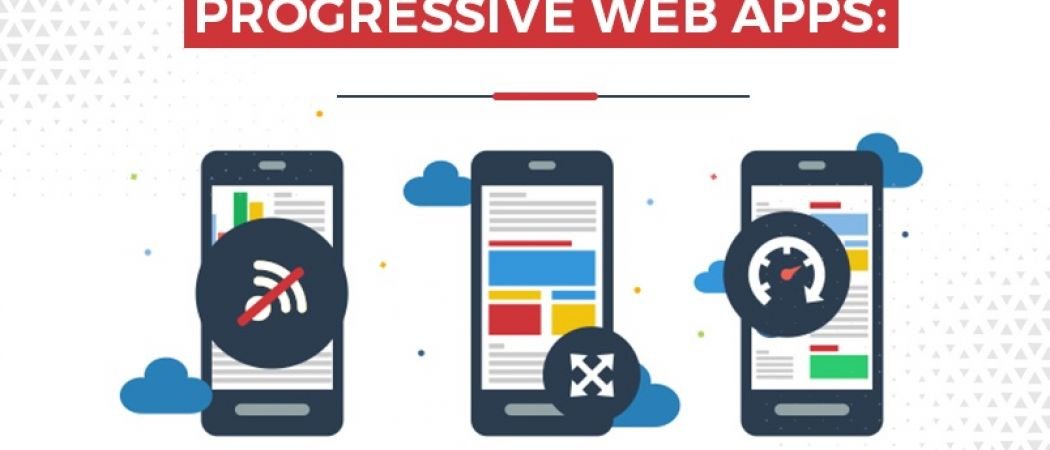
The New Buzz in the Web Development World
An app is becoming the buzz term in the web development world. The web app that is impressing all the users around the globe is Progressive Web App (PWA). Many people are excited and want to know- the Progress Web Apps are the future of websites?
They are unique, and are similar to standard mobile applications, but are based on modern web capabilities. PWA is a web application, developed with a feature which gives an application experience at the time of browsing. Users feel like they are using a native app while browsing.
You can consider it as a mobile app that is delivered via the web. They are in use for more than a year, but still, they are not used widely. PWAs are accepted as a useful option for all the small businesses, startups, and a few prominent brands.
A mobile or native app acts as individual software, while a progressive web app is much similar to a website and provide all the native app features like geo locations, push notifications, splash screen, background synchronization, home screen icon, and also it can access media features from the device such as audio, video and camera.
Many businesses are focusing on customers through mobile apps, but the question is how you can reach your potential customers in the best way? So the answer is, you can contact them using three different approaches- firstly you can build a native mobile or desktop application. Secondly, you can build an application for mobile users only. Thirdly you can go for a progressive web app.

The Progressive Web App has many benefits. Have a look at its positives aspects.
- Easily accessible: You need to download and install your native mobile apps. But you can easily find a PWA on the Google search bar and that too on-demand; it doesn’t use any internal memory or data from the mobile devices. Most importantly a PWA works on all the mobile devices unlike native apps, and you don’t have to create the same app for different platforms.
- Offline content: You can easily access the content offline with a PWA. Native apps cannot access the data while you are offline.
- Economical: PWAs are faster to develop and update. Hence, the cost is very less as compared to a native app.
- Security: Most of the sites are designed using HTTPs, you can comfortably launch a PWA in this secure place which is working as an add-on for you if you are planning to have customers’ details like bank account information, credit card number, or any other sensitive information.
- Can be modified: When you are planning to update a native mobile app, you make several adjustments as well as contact app store and work with them to make several changes and updates. This process takes a few days and sometimes even weeks. But with PWA you can easily update your app even when you are live.
- Mobile-first approach: Another benefit of having a PWA is they are developed on the mobile-first approach so they can connect to customers easily. You’ll be surprised to know that the brands like Starbucks, Twitter, and Pinterest have transitioned and generated revenues as well as engagement via PWAs.
Every coin has two faces. Similarly, everything has positive and negative aspects. You have gone through positive ones; it’s time to go through some negative aspects as you should know everything about PWA before starting with it.
- Traffic: You can get enough traffic from Play stores the way other applications are getting. This is because PWA doesn’t use stores and it is directly available on the browser so they cannot have more traffic.
- Speed: PWAs are not as fast as native apps. The speed issues will be resolved soon.
- Features: There are few features which PWA cannot use such as alarms, access to hardware sensors, and making adjustments to system settings.
- Platform support: Native apps can utilize specific benefits from the Android or iOS platforms such as native graphic API’s, Google’s Visual Core, or Apple’s ARKit.




